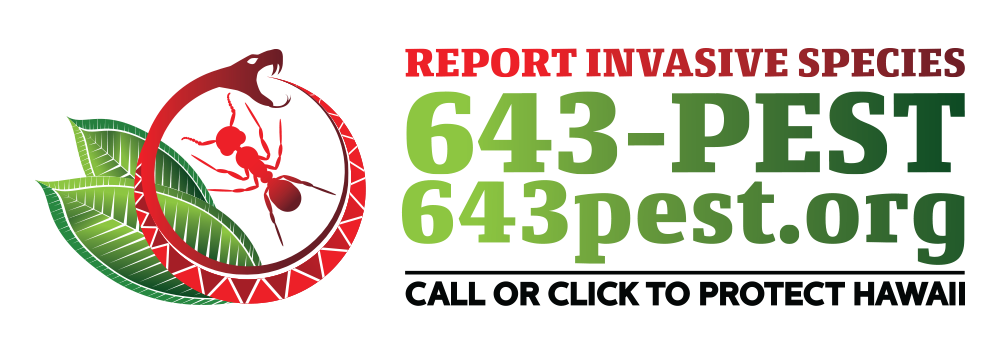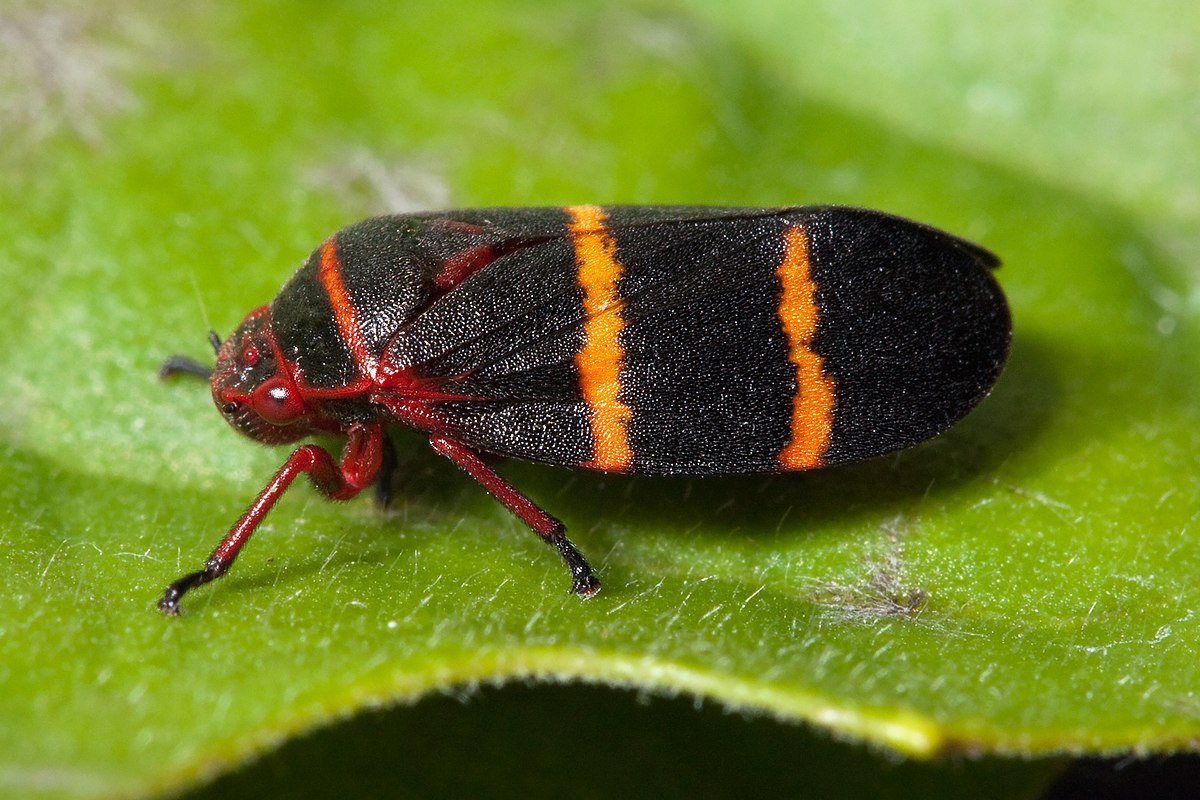
Twolined Spittlebug
REPORT if seen outside of the Kona area
First detected in Kealakekua in 2016, the twolined spittlebug has been quickly spreading across the west side of Hawai‛i Island, causing the loss of thousands of acres of kikuyu and pangola grass pastures. Pastures do not recover after infestation but instead are replaced by invasive plants like fireweed, pamakani, and blackberry. The TLSB (twolined spittlebug) is a serious threat to the ranching industry in Hawai‛i, where most of our livestock depend on the grasses attacked by the insect.
TLSB has been reported in residential areas, attacking lawns, sod, orchards, and other landscapes in the Kona area. Unlike other spittlebugs in Hawai’i, the TLSB nymph spittle mass is found at or even below the soil level, making them difficult to detect. Adults kill the grass by sucking nutrients from the plant. Adult TLSB actively jump and fly around, and can become trapped in vehicles and gear. Please use care and inspect vehicles and gear for TLSB when leaving pastures and natural areas that are infested to avoid transporting them to other areas around the island.
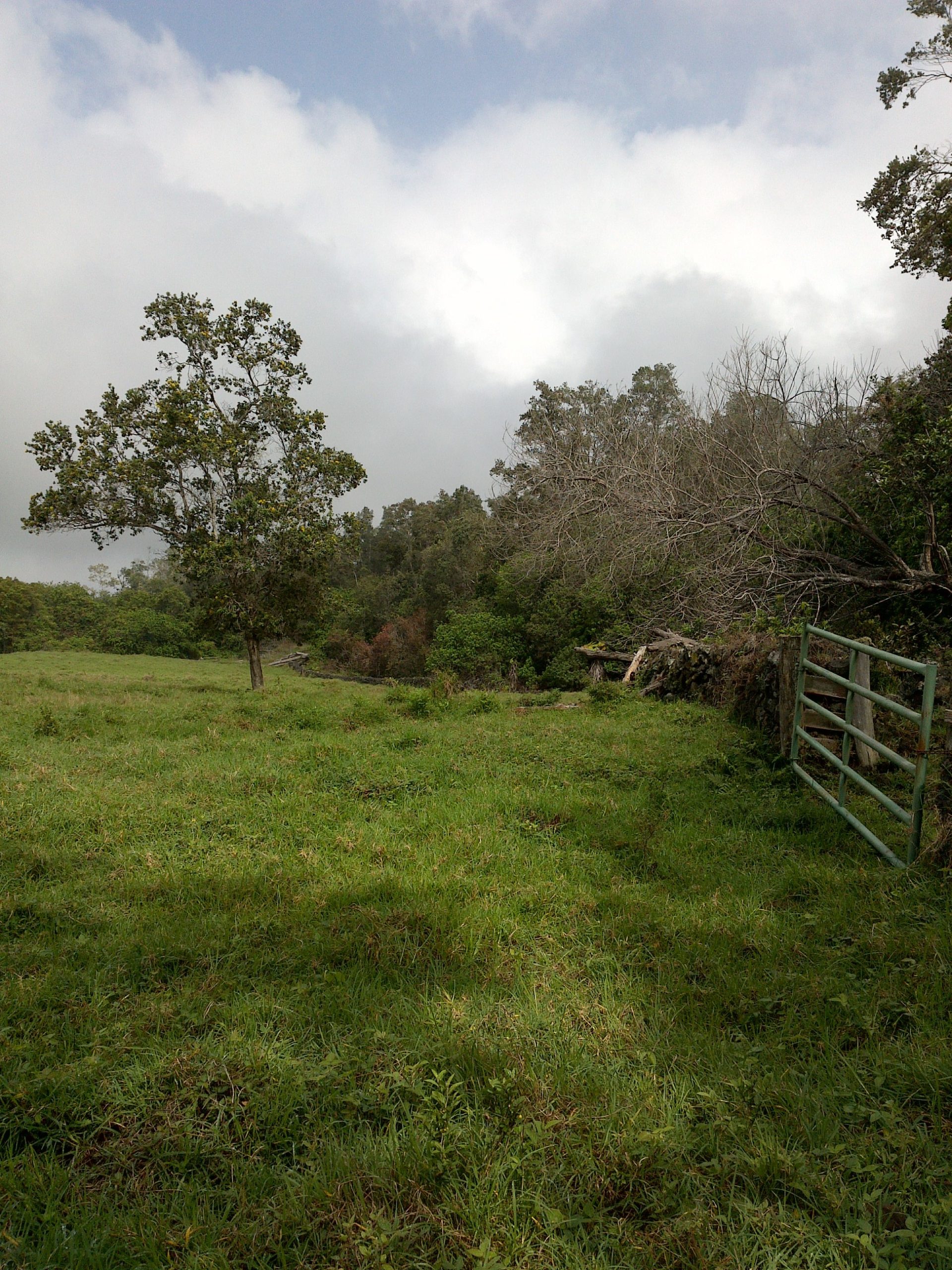
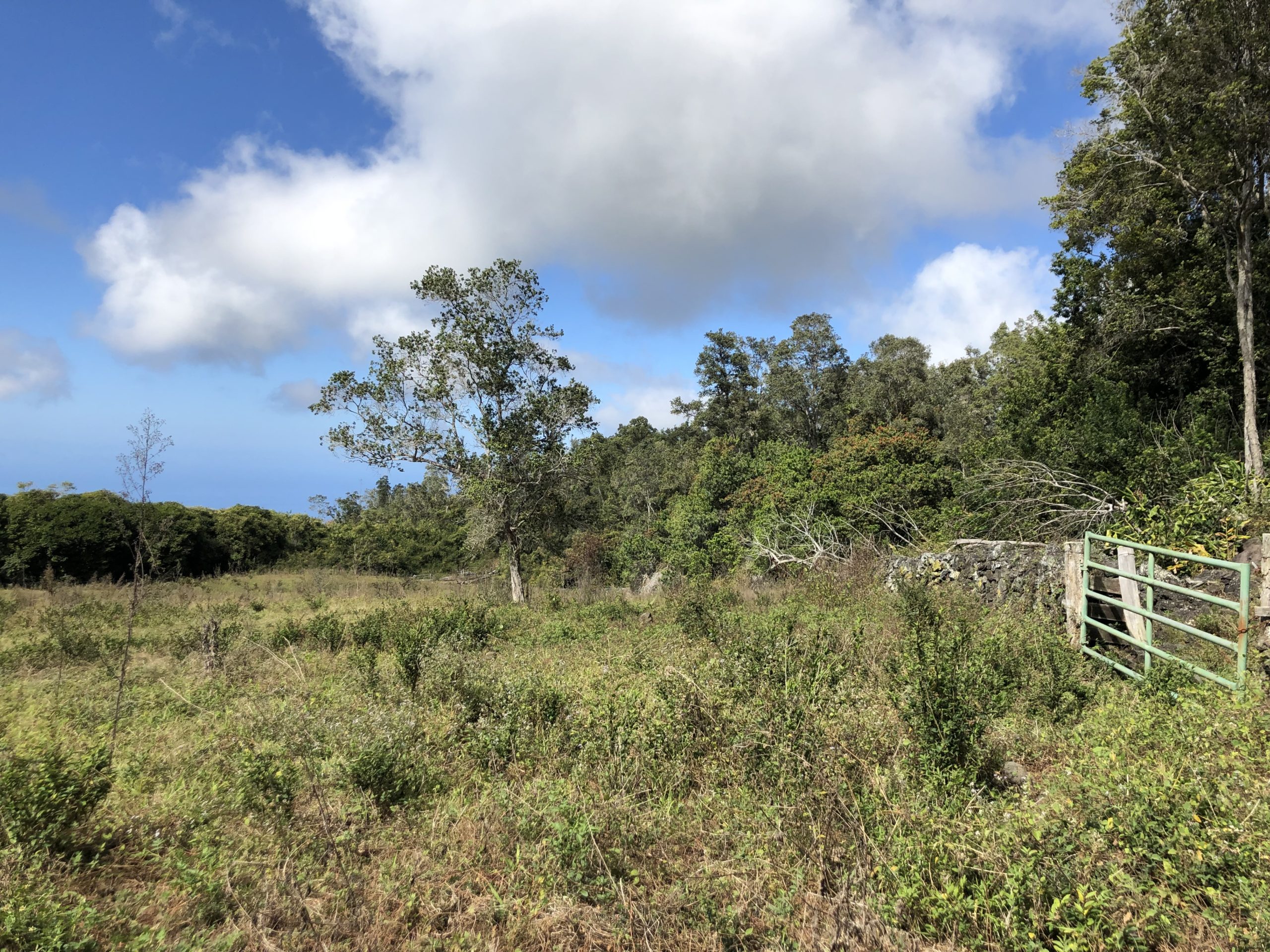
Photos: Carolyn Wong – USDA NRCS
A threat to our food security and local economy
Surveys in the summer of 2020 have revealed that TLSB is now impacting more than 175,000 acres of rangeland from South Kona to Pu’u Wa’awa’a near Pu’uanahulu. The TLSB is consuming Big Island pasture at a rate of about 35,000 acres per year. Spittlebugs feed by sucking nutrients and fluids from the plant stem, weakening and potentially killing the grass. Although Hawai‛i already has introduced spittlebugs present, none have had such severe impacts. Like many invasive pests that arrive in Hawai‛i, the new bug, a native of the southeastern US, was likely brought in accidentally on imported plant materials. Now, it is attacking kikuyu and pangola grasses: critical forage that supports nearly 70% of Hawaii’s beef cattle industry.
To make matters worse, grasses in open lands prevent difficult and impactful weeds from moving in. Where TLSB has killed off the grass, invasive plant pests like pamakani, fireweed, and wild blackberry, long battled by ranchers and farmers, have begun to take over. The loss of grass and surge of weeds have been devastating to upper elevation pastures in Kona, which have not recovered from the damage.
Researchers are extremely worried that the spittlebug could be transported to the iconic pastures of Kohala and Hamakua. Kikuyu grass is the primary forage in many of these places, and a TLSB introduction could devastate the cattle industry and significantly change the character of the landscape.
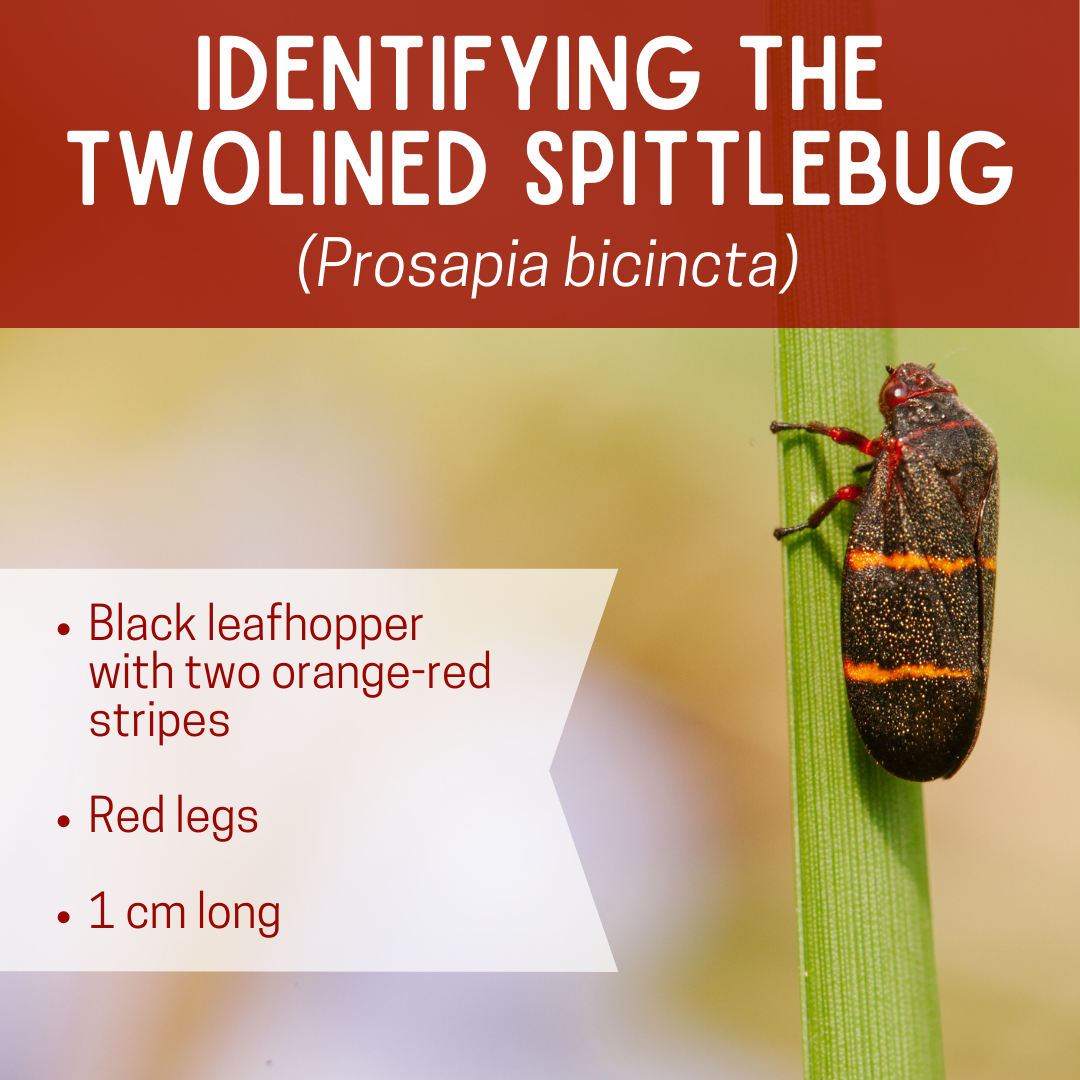
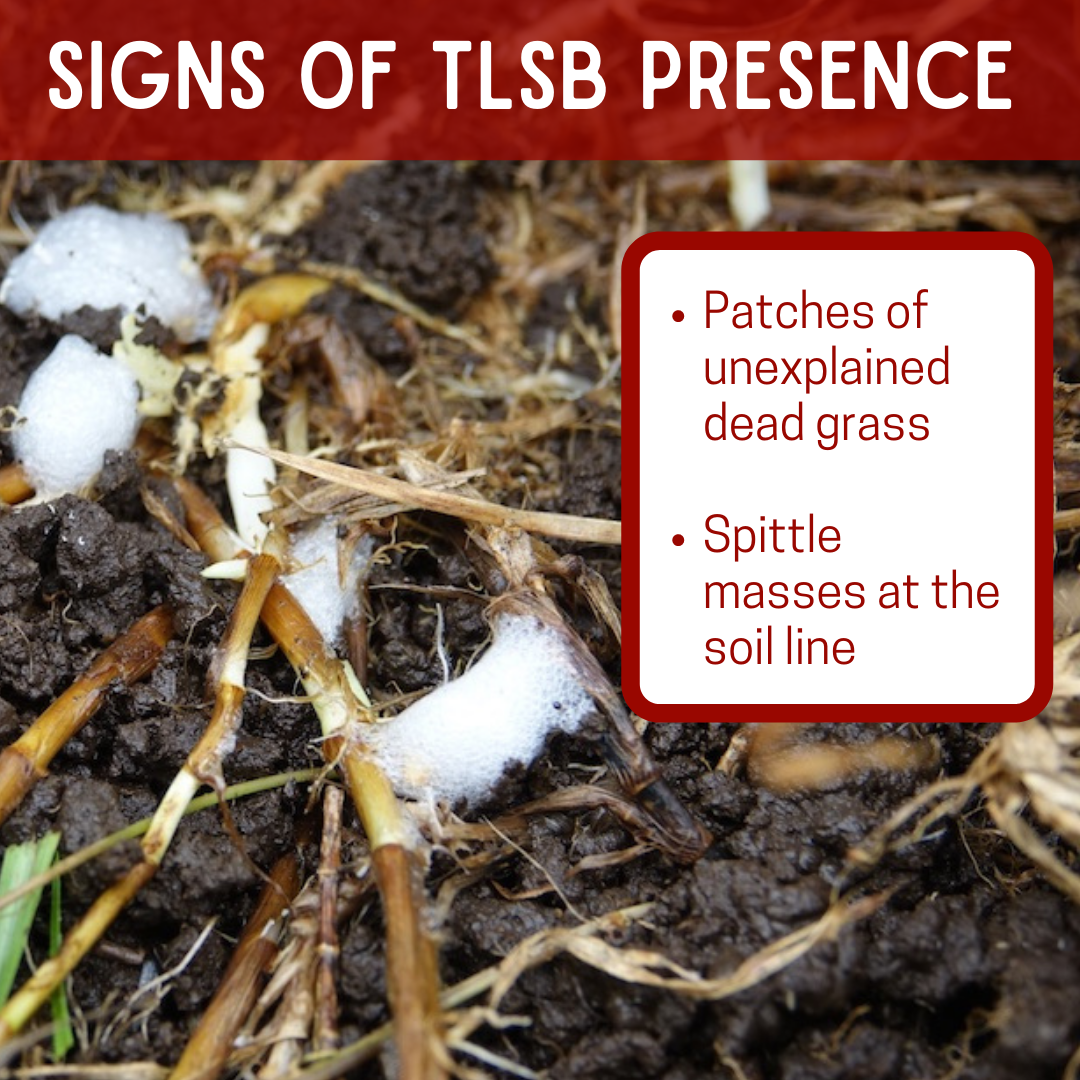
Threat to watersheds and forests
These new invading weeds also threaten native restoration efforts, which seek to return grass back to native forests. Brushy species prevent the establishment of native seedlings and are exponentially more expensive to control than grass. Increased propagule generation from thousands of more acres of invasive weeds increases the effort needed to keep weeds out of intact or restored native forests.
What to do
- Big Island residents are being asked to be alert about their lawns and pastures patches of dead grass that cannot be explained by other environmental factors should be reported right away.
- As always, it is best practice on Hawai‛i Island to avoid the movement of potted plants or live plant materials into new areas. Little fire ants, ROD fungus, coqui eggs, semi-slugs, and many other pests have traveled quickly and spread, on- and off-island, through this route.
- The spittlebug, very tiny in its nymph form, can easily attach to a plant stem without notice. Those who may visit Kona pastures or other areas impacted by TLSB like hunters or ranch workers should carefully clean their vehicles and equipment of any mud by washing out wheel wells and tires before traveling to other districts on the island.
Research and outreach efforts are being led by Mark Thorne, Range & Livestock Management specialist for the University of Hawaii extension service (CTAHR), thornem@hawaii.edu or 808-887-6183, and Carolyn Wong, USDA NRCS Grazing Land Management specialist, at Carolyn.wong@hi.usda.gov or 808-885-6602 (ext 105). If you are a rancher impacted by TLSB, please contact them for assistance. More information on TLSB can be found at tlsbhawaii.com/
